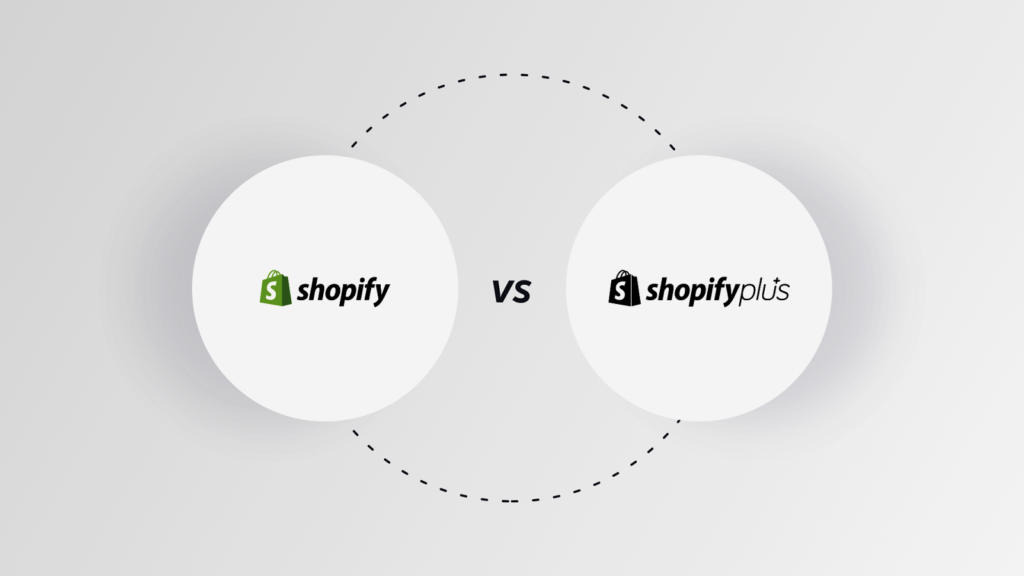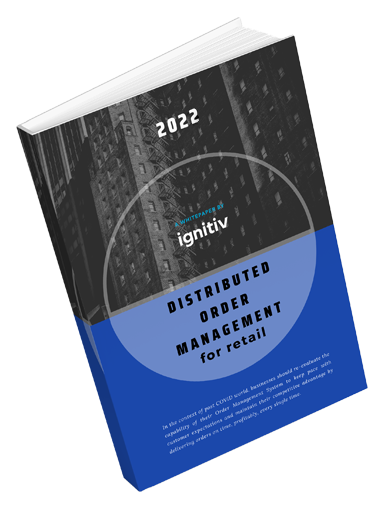Secure websites are vital in today’s cyber climate to reduce the number of successful attacks. It can be hard to stay ahead of cyber-criminals and their increasingly sophisticated methods of breaching websites, applications, and other Internet-connected systems. A cyber-attack can completely bring down your business, and destroy your customers’ faith in the security of your website. Having a secure website is in the best interest for both you and your customers, who are vulnerable to personal data theft.
In such times, bumping up the security on your eCommerce website is the best way to grow. This article highlights the main eCommerce security threats and how site designers and developers can protect them against these threats.
Major eCommerce Security Threats to Sites and Apps
1. Malware and Ransomware
Malware is a set of harmful software that can hack an online shop and disrupt operations. It can also steal data, potentially leading to identity theft. According to a survey, in 2022, U.S. online merchants reported an average of over 1200 cyberattacks per month.
Ransomware (a form of malware) locks down the device until one pays a ransom fee. It’s essential to take steps immediately to ensure that the data isn’t lost forever, if you find out that you’re infected with ransomware.
2. SQL Injection
SQL injection is an attack that exploits vulnerabilities in how websites interact with databases. These attacks use malicious code to manipulate the data stored in a database. The attacker can then access this data and potentially steal, modify, or delete it.
The most common form of SQL injection involves entering strings into forms that are not properly encoded, which executes the user input as an SQL command instead of treating it as data.
3. Cross-Site Scripting (XSS)
XSS is a computer security vulnerability typically found in web applications. A successful XSS attack results in some form of malicious code executing within the application, usually to steal data or perform actions on behalf of an attacker.
XSS attacks are often difficult to detect, as they require a user to execute the malicious code to be effective. This is reflected as XSS, and occurs when a user’s browser automatically executes code provided by an attacker.
4. E-Skimming
E-skimming is the process of stealing payment information. A malware skimmer embedded into the payment page copies the data, leaving your website vulnerable. E-skimming is much more difficult to detect than traditional skimming because it doesn’t involve any physical changes to the compromised machine.
Best eCommerce Security Practices for Sites and Apps
The security of the eCommerce site or app is critical, so you should incorporate these best eCommerce security practices when building your site:
1. Implement Additional Authentication Factors
An excellent way to ensure that the customers are safe is by implementing additional authentication factors into the system.
This means that, along with the username and password, they will need to provide a second form of authentication before accessing their account. For instance, customers can receive
one-time passwords on their phones or email address, or generate them on apps on their phones.
2. Keep Only the Customer Data You Need
An effective way to protect the customers’ data is by not keeping it in the first place. The more data you retain, the more likely a cyberattack will cause extensive damage.
In addition, if you’re storing customer information and it’s accessible via an Internet connection, then hackers who have gained access to your system can steal that information. To avoid these issues, use managed services to only retain the data you need for data safety. This will help keep the customer information secure and reduce the risk of an attack.
3. Trust in HTTPS
One of the most crucial things to do is to switch to HTTPS. HTTP stands for Hypertext Transfer Protocol, which is how information travels between the browser and a web server. HTTPS is the safer version of HTTP. If your website has a check-out option, it should have HTTPS.
This connection allows for the transfer of sensitive data like credit card numbers, addresses, and other personal information between the customer’s browser and the server hosting the site. If an eCommerce site is not using HTTPS, then this information can be intercepted by third parties monitoring internet traffic.
4. Review Plugins and Third-Party Integrations Regularly
The best way to secure an eCommerce site is to take regular inventory of the third-party integrations installed. This includes plugins, themes, and other software on the platform. The more plugins you install, the greater the chance of a security loophole. To mitigate this risk, it’s essential to keep an eye on which plugins you’re using and whether they are compatible with the latest version of your platform.
You should also ensure that all your plugins are up-to-date and running on the latest version of their respective software platforms. This will help ensure the patching of any vulnerabilities before hackers or malicious users online can discover them.
5. Use Authorized APIs Only
If you’re using a third-party API to develop your eCommerce site or app, ensure it’s authorized. Authorized means that the platform provider has vetted and approved the third-party developer.
This is important because unapproved or unauthorized APIs can leave the site vulnerable to attacks from hackers. The most common attack is the “man in the middle.” It happens when a hacker inserts themselves between the site and the server so that they can intercept the data.
6. Perform Penetration Testing
Penetration testing can find vulnerabilities that are present in the network. Either a third party or an internal security team can execute this. Penetration testing aims to determine whether any potential threats exist in the networks and systems. This test aims to discover security flaws before an attacker does, which will help you fix these issues before they become a problem.
Penetration tests can take many forms, but they all have one thing in common — they simulate real-world attacks on the eCommerce site and evaluate the overall security posture.
7. Use Transit Encryption
Transit encryption is a method of securing data in transit. It can be used to secure eCommerce transactions, and it is recommended that all eCommerce businesses use it. Transit encryption secures the online data from end-to-end — from your application to the customer’s browser.
The data is encrypted with a transfer key so that only the two parties involved can decrypt it. When you use transit encryption, your application does not need to worry about handling sensitive information—it just sends it over to the customer’s browser for decryption.
8. Use Trusted Payment Processors
A host of payment processors are available in the market; however, not all of them are as safe. To ensure maximum security of your eCommerce site or app, it’s important to use a trusted payment processor.
A good way to determine whether a payment processor is trustworthy is to look at its security certification. If they have PCI DSS certification, for example, you can rest assured that they will protect your data with utmost diligence.
Conclusion
There are many ways to ensure the highest levels of eCommerce website security to prevent eCommerce security threats. However, maximizing security doesn’t depend wholly on interventions like encryption. It also relies on standard measures like ensuring the configurations and software are up to date, including patches and updates to address vulnerabilities.








